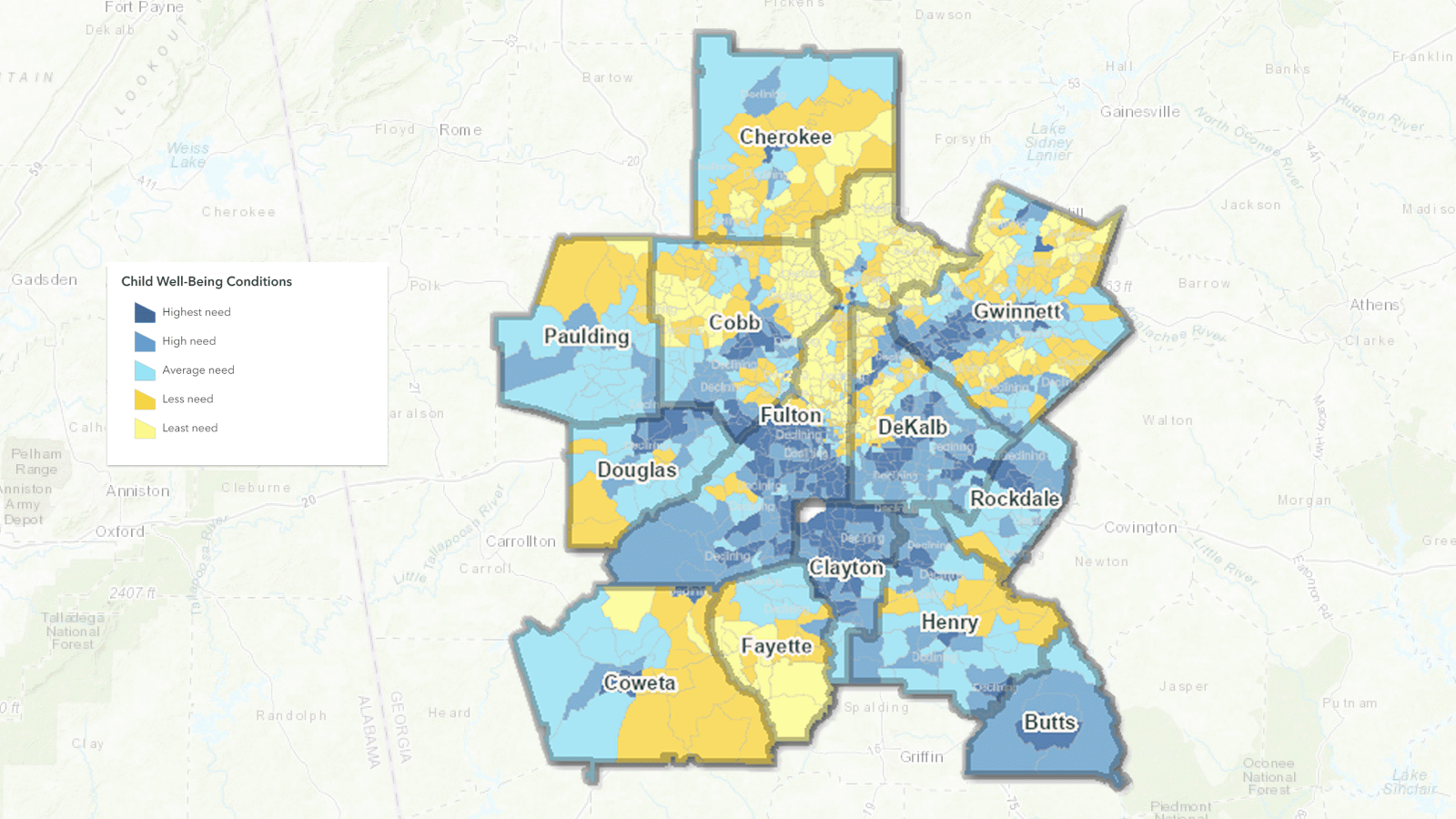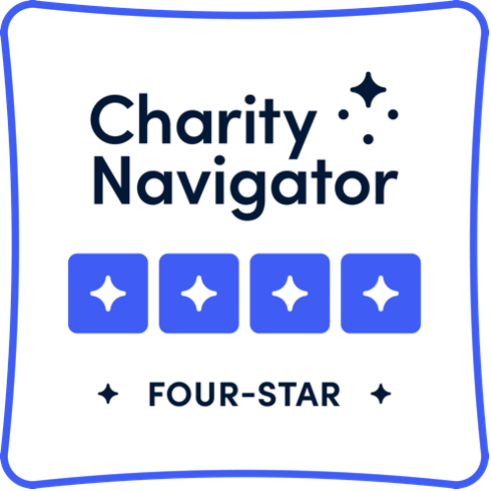2023 Child Well-Being Outlook: Insights for Impact Report

Table of contents
Helping our youth reach their potential.
Addressing the challenges in early learning.
Building an equitable future for those in need.
In our 2023 Child Well-Being Outlook: Insights for Impact Report, United Way of Greater Atlanta identified 79 neighborhoods throughout Greater Atlanta with low and declining child well-being.
Nearly 500,000 of Greater Atlanta’s 1.2 million children and youth live in areas of high need, where measures of child well-being are significantly lower than their neighbors’.
For over 77,000 youth who call these neighborhoods home, a low and declining Child Well-Being score represents significant barriers to success. Our data also shows that BIPOC are disproportionately impacted by low child well-being scores.
Tens of thousands of children in our region are faced with roadblocks where they should be met with possibilities. Using our extensive data, we pinpointed three of these roadblocks to success that need immediate targeted investment: opportunity youth, academic recovery, and equity.
Read on to learn about the obstacles facing Atlanta’s youth and how we are allocating our resources to address the issues.
Opportunity Youth
Opportunity youth are those ages 16 to 24 who fall outside of college and career pipelines. Factors like financial instability and lack of access to healthcare impact a young person’s ability to take advantage of traditional pathways to success in school and work. An overwhelming percentage of these youth are BIPOC.
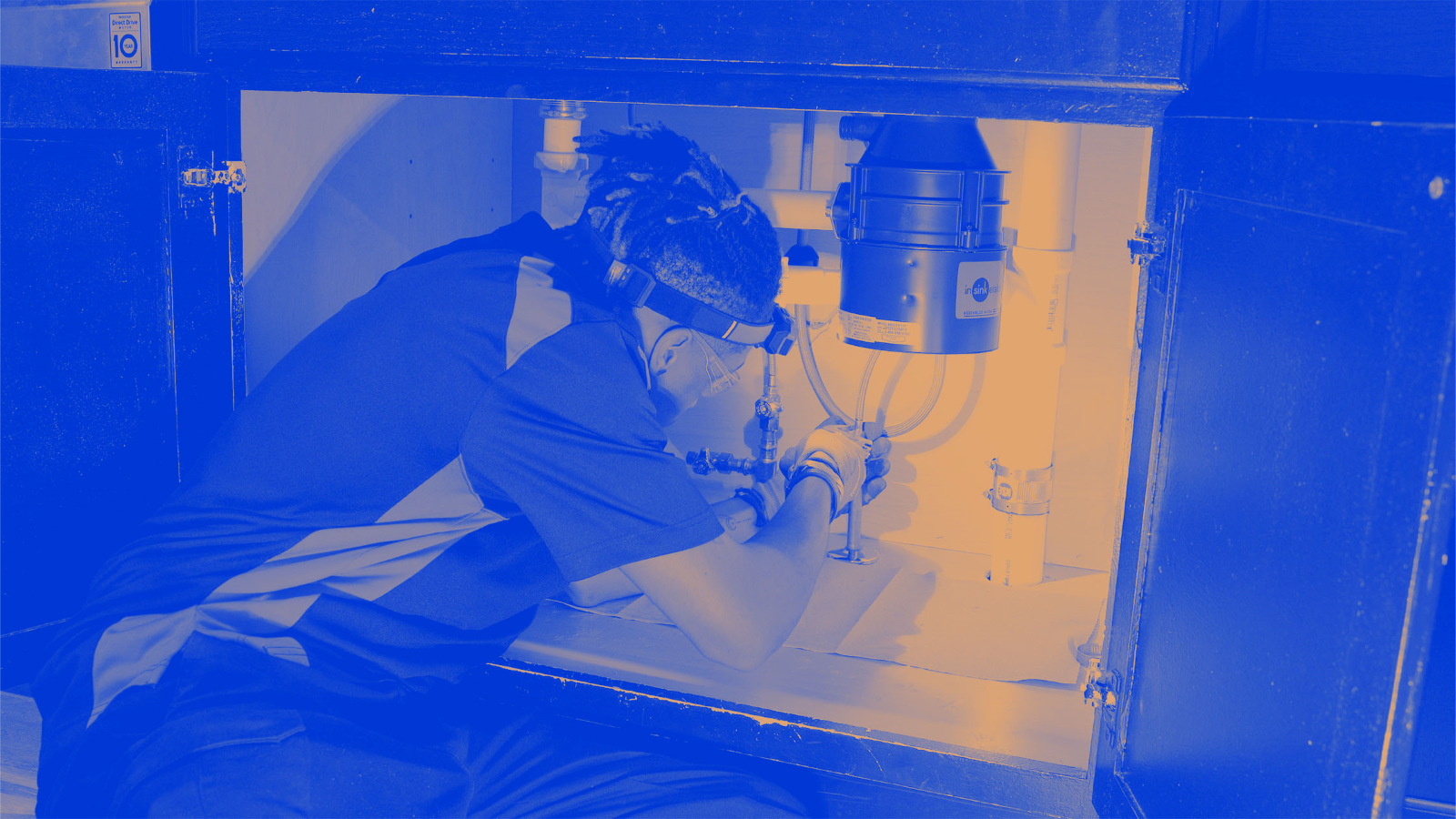
What we're doing
CareerReady ATL, our youth workforce training initiative, matches young people with apprenticeships that provide them with the training, experience, and support needed to transition to adulthood. Click the button below to learn more.
Academic Recovery
Research shows that 3rd grade reading proficiency and 8th grade math proficiency are reliable indicators of future success in academics. Each of the 13 counties that make up Greater Atlanta saw a decrease in 3rd grade reading proficiency from 2019 to 2022, and 11 of the 13 saw a decrease in 8th grade math proficiency in the same time frame. When children don’t have access to early learning opportunities, they face difficulties in elementary and middle school. Eventually, they are left behind as young adults.
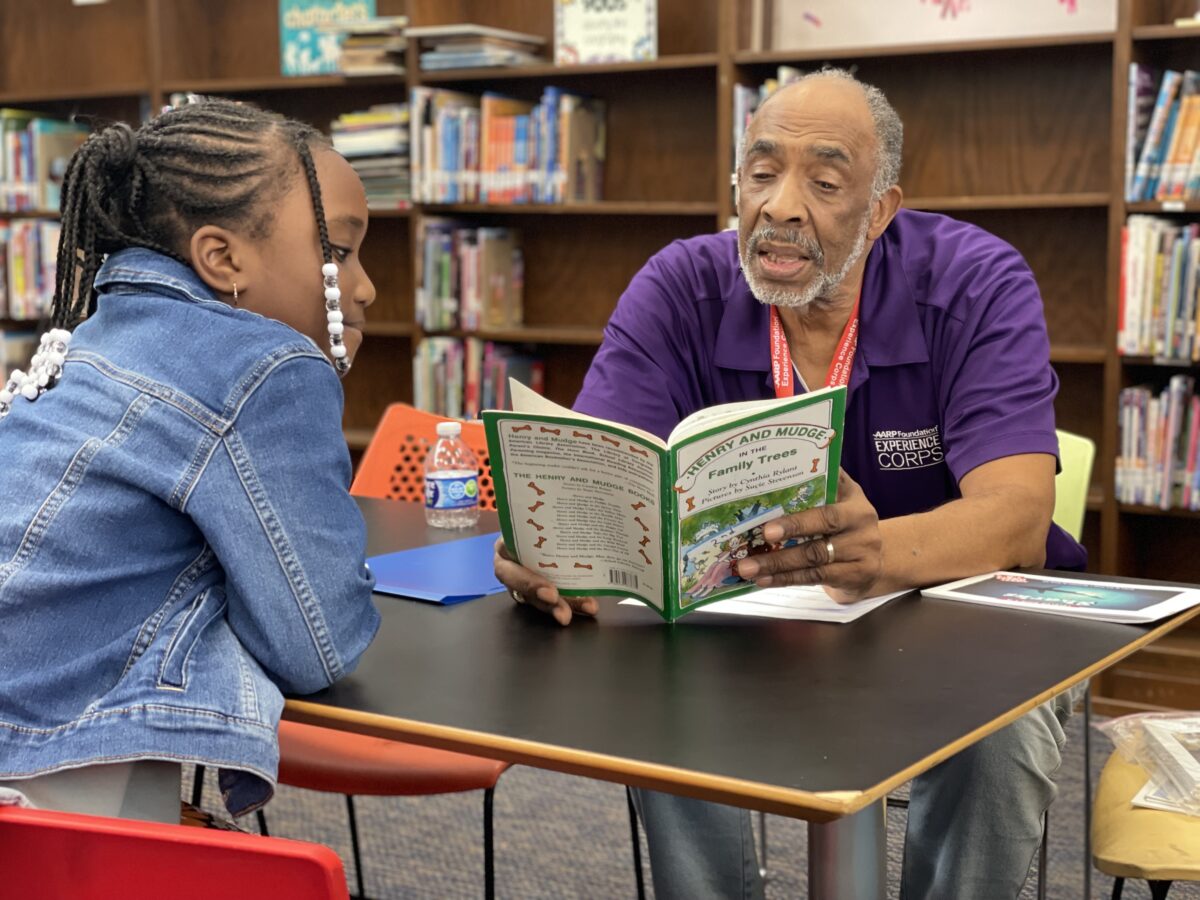
What we're doing
Our Strong Learners investment priority is helping to bridge the gap through its investments supporting tutoring and other supplemental literacy programs.
Race and Place
Our research shows that the percentage of BIPOC population in Priority 1 and 2 neighborhoods is greater than the percentage of BIPOC who make up the Greater Atlanta population.
Key findings
52%
17%
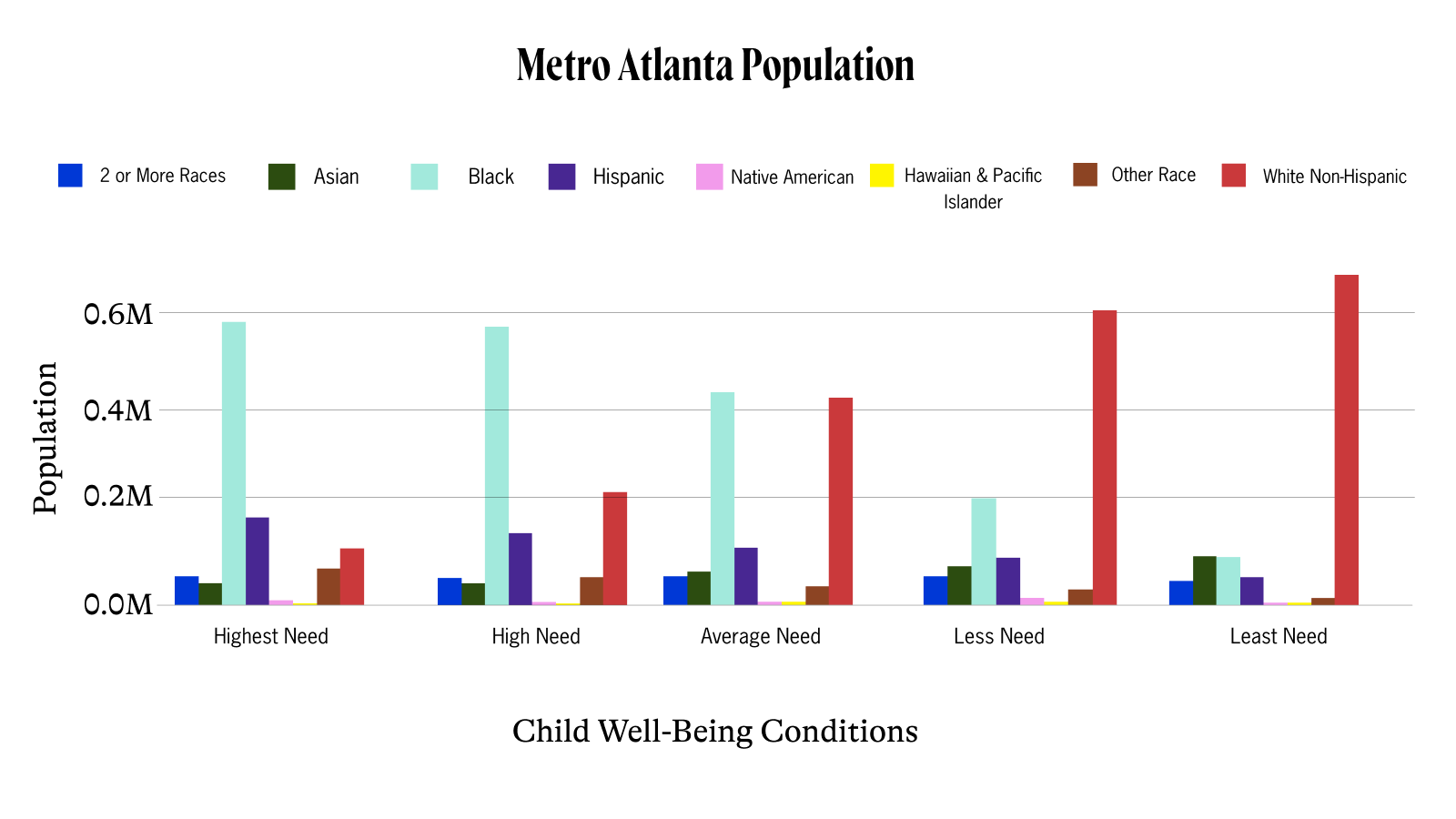
What we're doing
As part of our Child Well-Being Mission, we launched the Racial Equity and Healing Fund, which supports our work to improve child well-being in high-need neighborhoods by addressing systemic inequalities. Through this fund, we provide grants to programs predominately led by BIPOC that have a demonstrated track record of impacting individuals and families that live in communities with low child well-being scores.

